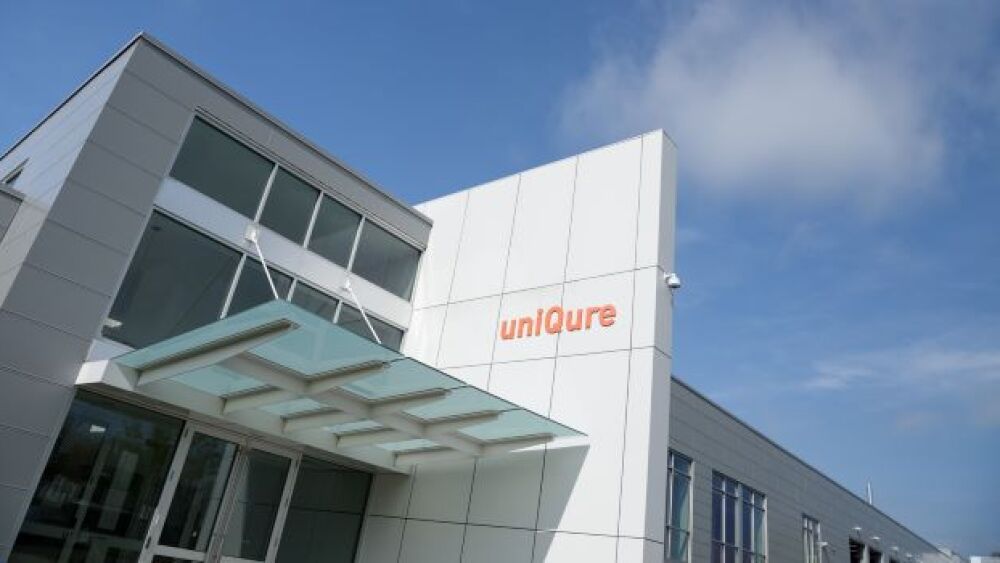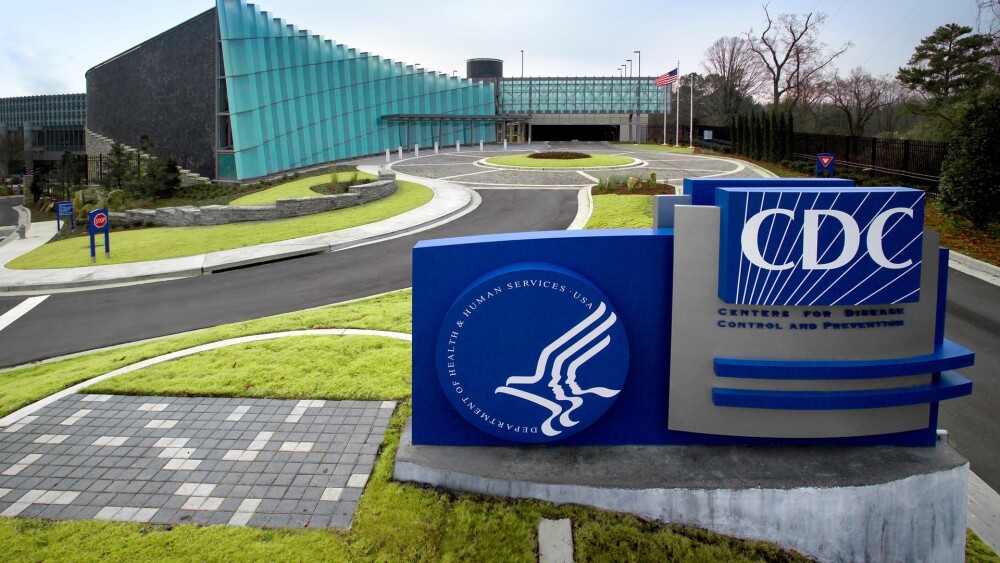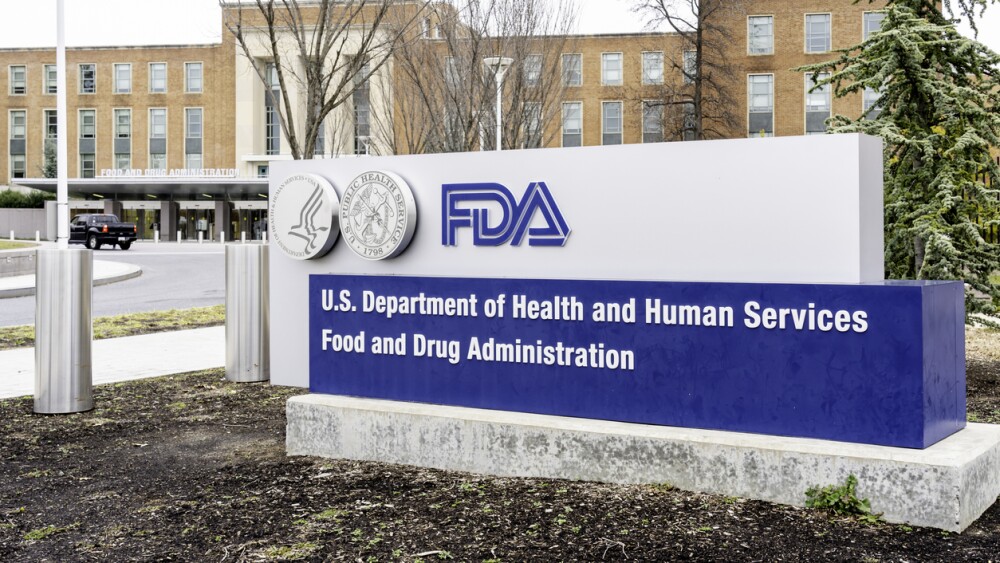The FDA plans to “rapidly make available” rare disease drugs and make use of surrogate endpoints to get promising medicines to patients before they clear the traditional efficacy bar for authorization, Prasad said Tuesday.
Newly installed at the agency, Vinay Prasad has committed to giving rare disease patients rapid access to “products that are even small steps forward” during his time as director of the FDA’s Center for Biologics Evaluation and Research.
Prasad made the comments, which were first reported by Endpoints News, during his keynote speech at an event organized by the National Organization for Rare Disorders. Biotech investors had reacted negatively to Prasad’s appointment as head of CBER, hitting rare disease stocks particularly hard, potentially because of the physician’s earlier criticisms of the bar for drug approvals at the FDA.
The new CBER chief struck a different tone in the keynote speech on Tuesday. Under the new leadership, the FDA will “rapidly make available” rare disease drugs, Prasad said, and make use of surrogate endpoints to get new medicines to patients before they clear the traditional efficacy bar for authorization.
“We will take action at the first sign of promise for rare diseases. We’re not going to wait,” Prasad said.
The comments appear to contrast with statements Prasad made before joining the FDA. Last year, Prasad criticized the accelerated approval of Sarepta Therapeutics’ Elevidys under his CBER predecessor Peter Marks. Then, in March, again referring partly to a “gene therapy that seems to be killing kids with Duchesne’s & destroying their livers,” he said on X that the FDA could replace Marks “with a bobblehead doll that just stamps approval” and achieve the same outcome with lower administrative fees.
However, FDA Commissioner Marty Makary said in April that the FDA was planning a “new pathway” for rare disease drugs. Full details of the pathway are yet to emerge, but Makary laid out the overarching idea. The FDA will grant conditional approval to “scientifically plausible” rare disease medicines based on data from single-arm trials when it is not feasible for companies to run randomized studies.
Prasad’s comments are in line with the pathway sketched out by Makary. Both FDA leaders framed the policy as a way to provide early access to rare disease patients who want to try a therapy despite limited evidence. Prasad said the goal is to “empower patients to make choices right for them.”
Having made a treatment available, the FDA plans to make more use of real-world data (RWD) to assess the effects of the medicine. Prasad said the agency will use RWD “in every way possible to draw more conclusions about what these products are accomplishing.” Makary in April also discussed a surveillance system that will monitor everyone who receives a treatment approved via the pathway.
Experts had many questions after Makary shared details of the pathway, though the FDA has yet to provide answers. Further details are potentially coming. The FDA is “going to publish something general where we talk about just how fast we’re going to get through review processes,” Prasad said, and will “engage with patients and their loved ones.”






